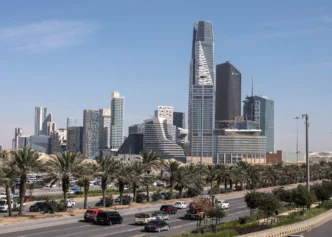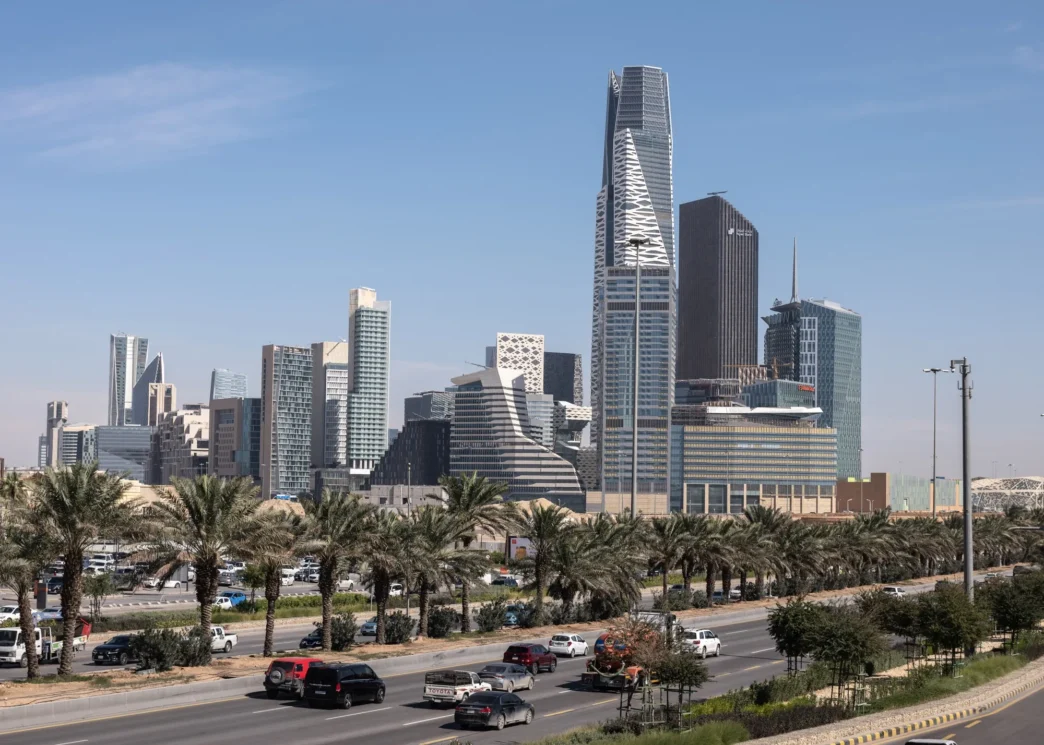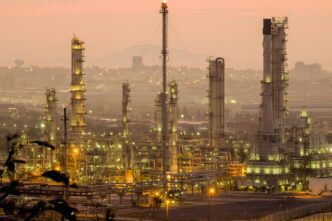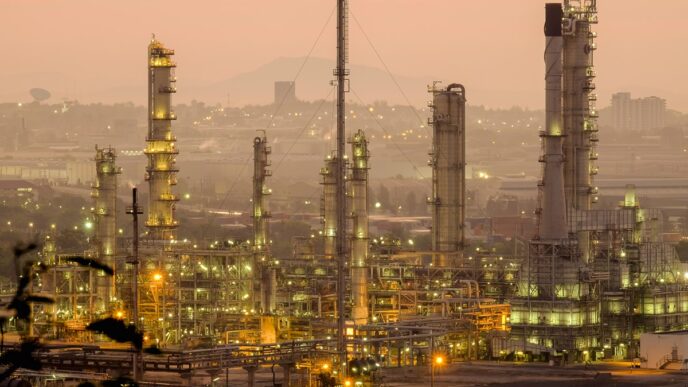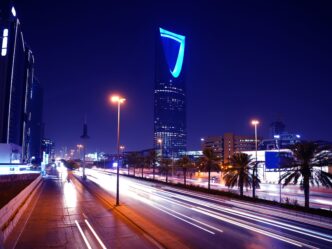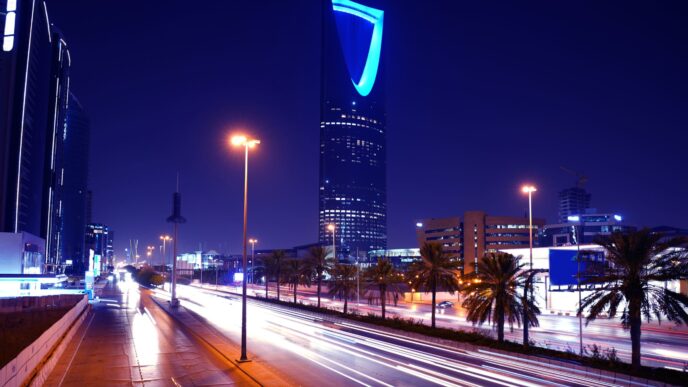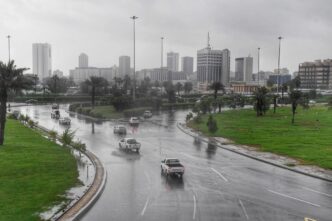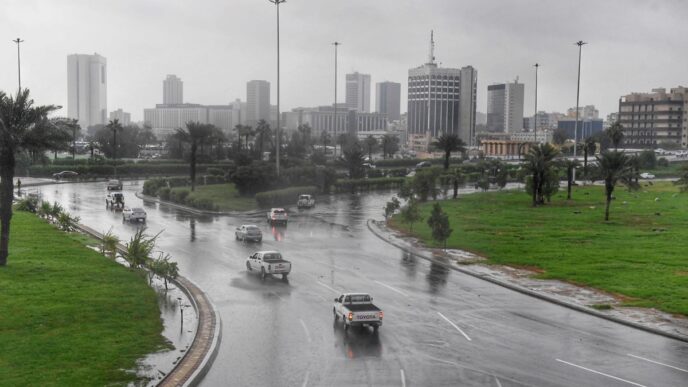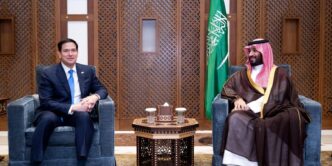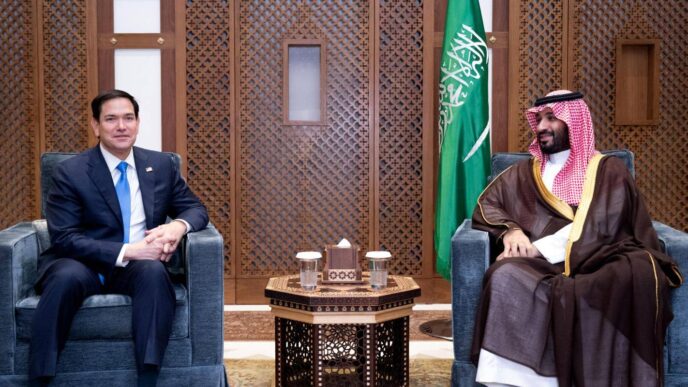Saudi Arabia’s economy recorded its strongest growth since early 2023, driven primarily by increased oil productionand higher energy revenues, according to recent economic indicators. The surge underscores the kingdom’s continued reliance on hydrocarbons while highlighting the broader resilience of its economy amid global market volatility.
The latest data reveals that the gross domestic product (GDP) expanded by 5.8% year-on-year in Q3 2025, marking the most robust quarterly growth since the first quarter of 2023. Economists attribute much of this momentum to higher crude output, elevated global oil prices, and increased investment in energy infrastructure, reflecting Saudi Arabia’s strategic role as a leading oil exporter.
Oil Supply: The Primary Growth Engine
Saudi Arabia, the world’s largest oil exporter, has strategically increased production over recent months in response to rising global demand. The kingdom’s state-owned Saudi Aramco reported a notable uptick in crude output, boosting revenues and contributing significantly to national GDP growth.
Key factors driving the oil-related growth include:
- Global energy demand recovery: After periods of slowed consumption, international markets are drawing heavily on Middle Eastern supply.
- OPEC+ coordination: Saudi Arabia has adjusted output levels in coordination with other oil-producing nations to stabilize prices while maintaining market share.
- Higher oil prices: Brent crude has maintained prices above $95 per barrel for much of 2025, strengthening the fiscal position of the kingdom.
Analysts note that oil continues to dominate Saudi GDP composition, accounting for roughly 40–45% of total economic output and nearly 70% of government revenue, underscoring the kingdom’s ongoing dependence on hydrocarbons.
Diversification Efforts and Non-Oil Growth
While oil remains the primary driver, Saudi Arabia has also invested heavily in non-oil sectors, aligning with its Vision 2030 economic diversification plan. Sectors such as tourism, logistics, renewable energy, and entertainment have contributed to more stable and sustainable growth, though their impact is still smaller than that of the energy sector.
- Tourism and hospitality: Initiatives like the Red Sea Project and NEOM city development are gradually increasing international visitor numbers.
- Manufacturing and logistics: Investments in industrial zones and port infrastructure have expanded non-oil exports.
- Renewable energy: Saudi Arabia is positioning itself as a global player in solar and wind energy, seeking to complement its hydrocarbon dominance.
Economists emphasize that while these efforts are yielding results, the current economic surge remains primarily oil-driven, making diversification a continuing priority.
Fiscal and Monetary Impacts
The growth in oil supply and revenue has had a positive impact on Saudi Arabia’s fiscal balance. The government has recorded increased surpluses, allowing for:
- Higher public spending on infrastructure and social programs.
- Debt reduction and reserve accumulation, strengthening fiscal stability.
- Enhanced investor confidence, supporting both domestic and foreign investment inflows.
Saudi Arabia’s central bank, the Saudi Arabian Monetary Authority (SAMA), has maintained prudent monetary policies to manage liquidity and inflation, which has remained moderate despite rapid growth. Consumer confidence and retail spending have also seen modest upticks, reflecting broader economic optimism.
Regional and Global Implications
Saudi Arabia’s economic surge has implications for both regional and global markets:
- Energy markets: Increased Saudi oil supply helps stabilize global oil prices and alleviate potential supply shortages.
- Regional influence: Strong economic performance reinforces Saudi Arabia’s leadership role within the Gulf Cooperation Council (GCC) and OPEC+.
- Global investment: Rising GDP and fiscal surpluses attract foreign investors seeking exposure to the kingdom’s infrastructure, energy, and emerging sectors.
Analysts note that the kingdom’s ability to balance production levels and global demand positions it as a critical stabilizer in international energy markets.
Challenges Ahead
Despite the positive growth data, Saudi Arabia faces several challenges:
- Oil price volatility: Global economic slowdowns or shifts in energy demand could affect future revenues.
- Geopolitical risks: Regional conflicts or international tensions could disrupt supply chains or markets.
- Diversification hurdles: While Vision 2030 initiatives are progressing, non-oil sectors still account for a smaller share of GDP, leaving the economy sensitive to hydrocarbon price swings.
- Labor market adaptation: Creating jobs in emerging industries for a young, growing population remains a key challenge.
Economists caution that sustaining growth requires careful management of both the oil sector and economic diversification policies.
Outlook for 2025–2026
Looking ahead, Saudi Arabia’s economy is expected to maintain a robust trajectory into late 2025 and early 2026, driven by ongoing oil production increases and continued investment in infrastructure and non-oil industries.
- The government’s commitment to Vision 2030 projects further expansion in renewable energy, tourism, and technology.
- Continued OPEC+ coordination is likely to stabilize oil markets and support national revenue streams.
- Analysts forecast GDP growth of 5–6% for the full year 2025, marking one of the highest rates in the region.
Conclusion
Saudi Arabia’s economy has surged to its strongest growth since early 2023, largely fueled by increased oil supply and strong global energy demand. While the country continues to invest in non-oil sectors, hydrocarbons remain the primary engine of economic performance, highlighting both the strength and vulnerability of the kingdom’s fiscal model.
As the kingdom leverages its energy dominance to fund diversification and infrastructure projects, the challenge will be sustaining momentum beyond oil while navigating global market fluctuations. For now, Saudi Arabia’s economic rebound underscores its position as a key player in regional and global markets, reaffirming the kingdom’s influence on energy, finance, and international investment flows.


